Maunsell Sea Forts: The Spectacular Concrete Monsters of World War II
The abandoned Maunsell sea forts are the huge armed towers that remind of Britain’s military past. They helped the UK in defendin...
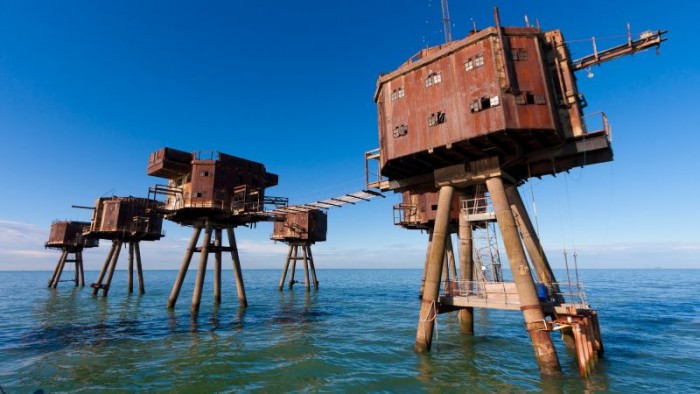
The abandoned Maunsell sea forts are the huge armed towers that remind of Britain’s military past. They helped UK in defending against the ships such as during World War II. Besides four naval forts, four army forts were also constructed at the Mersey estuaries.
Built in Thames estuaries, the sea forts were named after their designer Guy Maunsell. The forts were intended to be used as an anti-submarine defense during World War I but only were positioned in 1920. Later in the 1950s, the forts were decommissioned and were rather used for other activities including pirate radio broadcasting.
The Four Maunsell Naval (Sea) Forts
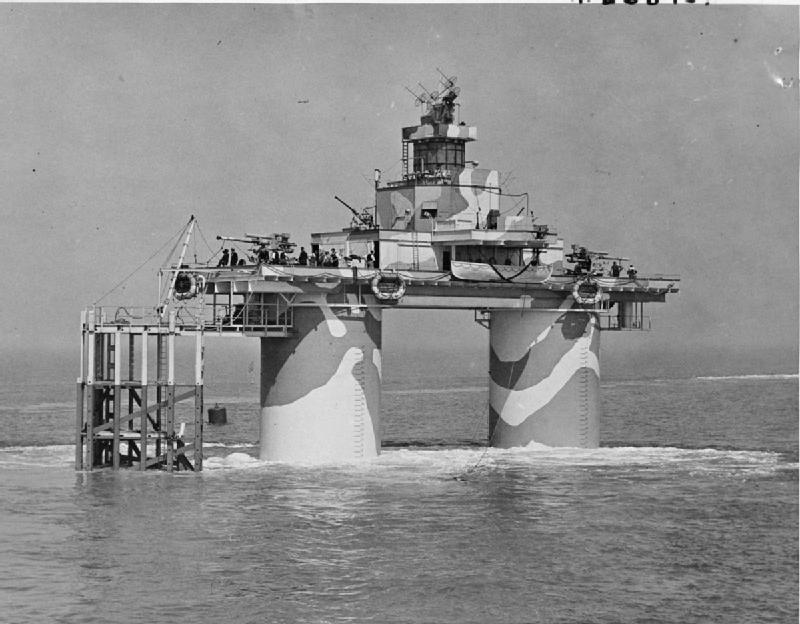
Operated by Royal Navy, the Maunsell forts were established for preventing and reporting German air raids with the Thames as a landmark. The four naval forts are Rough Sands (HM Fort Roughs) (U1), Sunk Head (U2), Tongue Sands (U3), and Knock John (U4).
Early “fixed” offshore oil platforms are similar to this artificial naval establishment in certain aspects. A sea fort had two concrete supporting towers which were divided into 7 floors: 4 of them were for crew quarters and others acted as dining, operational, and storage areas. A steel framework at one end lent support to the landing jetty and crane, that was used for hoist supplies aboard. Its wooden landing stage was called "dolphin".
These concrete structures’ designs have sizes identical to a military-grade bunker because of the solidly locked ends of the stilts into the ground. The sea fort design was the latest of many that Maunsell had come up with as a response to Admiralty inquiries. During World War II, the Thames estuary Navy forts destroyed only 1 German E Boat.
1. Rough Sands Fort (HM Fort Roughs) (U1)
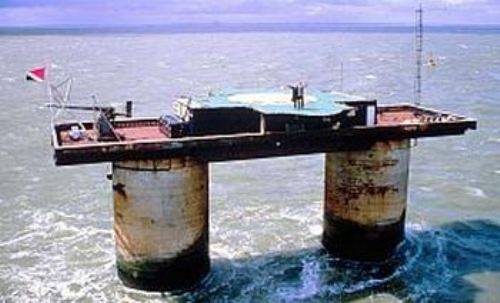
Rough Sands fort was installed to guard the town of Ipswich from aerial and sea attack and ports of Harwich, Essex. Fort Roughs or the "Rough Towers" was "the first of originally four naval forts designed by G. Maunsell to protect the Thames Estuary." Sited on Rough Sands, it was located nearly 11 kilometers from the coast of Suffolk and 13 kilometers from the coast of Essex. Currently, it is the world’s smallest nation called ‘the Principality of Sealand’. (17.1)
2. Sunk Head Fort (U2)
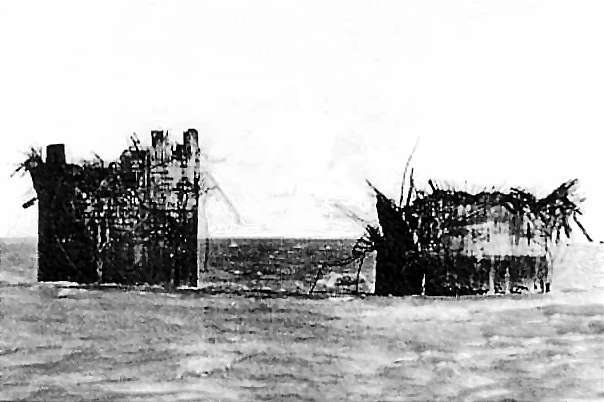
Built on 1 June 1942, Sunk Head Fort was located 18 km from the coast of Essex. It was decommissioned on 14 June 1945 and abandoned in 1956. In contrast to some other forts, this fort was much outside territorial waters. It was eroded using acetylene cutting torches and 3,200 pounds of explosives. On 21 August 1967, the fort was destroyed.
3. Tongue Sands Fort (U3)
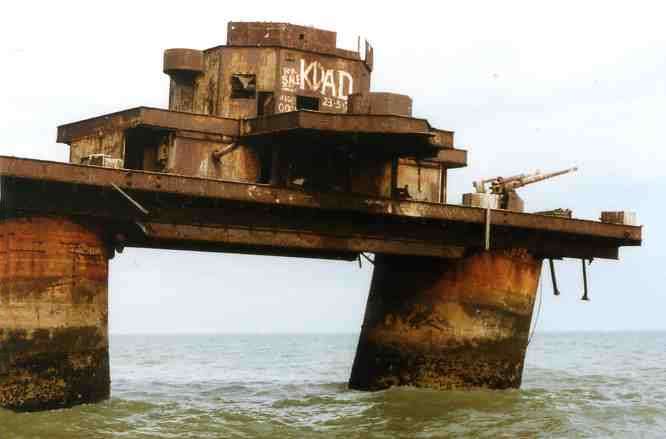
Built on 27 June 1942, Tongue Sands Fort was located nearly 10.2 kilometers from the coast off Margate, Kent. It was decommissioned on 14 February 1945 and abandoned in 1949. On 5 December 1947, the Fort broke down in an intense manner and its sections fell into the sea. On 21/22 February 1996, Tongue Sands Fort underwent its final collapse.
4. Knock John Fort (U4)
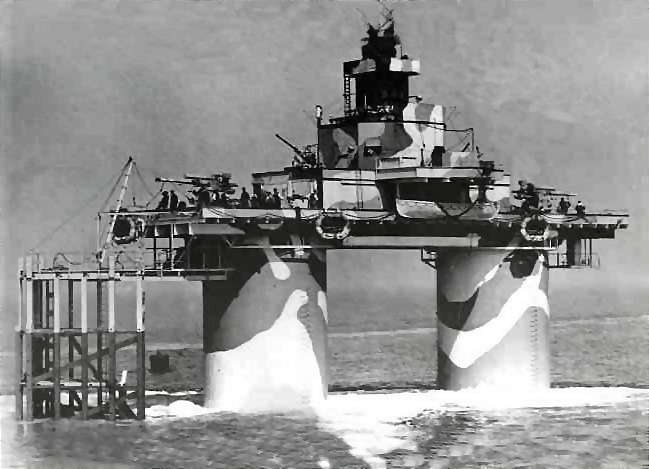
Knock John Fort is positioned nearly 16.1 kilometers from the coast of Essex and its construction took place on 1 August 1942. Decommissioned on 14 June 1945, it was evacuated on 25 June 1945 and abandoned in May 1956. In 2009, a minor distortion of the legs was noted when viewed from West to East.
Popular Posts
10 Amazing Cities Built Near or Through Rivers
Rivers have been crucial to human settlements, commercialization, and building cities. This opens opportunities for trading goods and establishing international connections.
Kimberly Campbell
20 Most Futuristic Cities In The World
What do you think about the future? Does it bring thrill in you or terrifies you? What’s your take on high speed trains, miles...
Swati Bhandari
Mystery Of Baigong Pipes - 1,50,000 Old Construction Reveals The Ancient Technology
Baigong pipes are a series of ancient pipes found in and near Mount Baigong located about 40-45 km southwest of the city of Deli...
Kevin Green








